M16 vs. GU10 lights?
juliew_austin
17 years ago
Related Stories
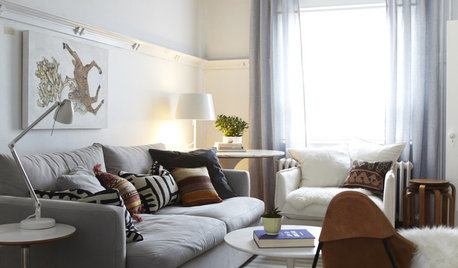
LIGHTING10 Ways to Get Your Lighting Right
Learn how to layer table lamps, floor lamps and overhead fixtures to get the lighting you need and the mood you want
Full Story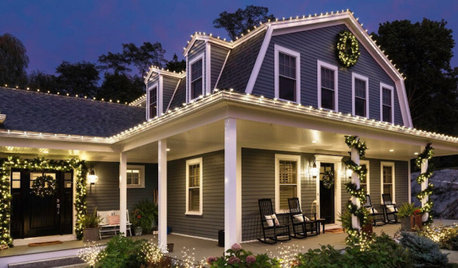
HOLIDAYS10 Ways to Decorate With Outdoor Christmas Lights
Use these techniques to light up your house and garden for the holiday season
Full Story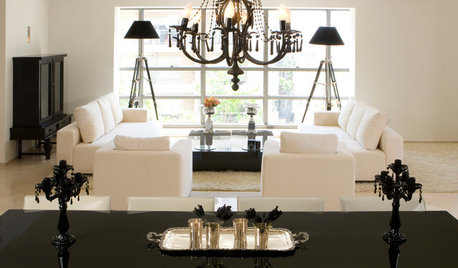
DECORATING GUIDESLighting Trends: 10 Tripod Lamps to Love
Classic Shape Gives Floor Lamps a Light New Silhouette
Full Story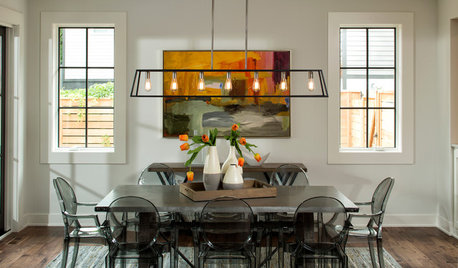
LIGHTINGA Designer’s Top 10 Tips for Interior Lighting
Consider these things when selecting the location, style and function of your home’s lighting
Full Story
LIGHTING10 Ways With Wall Lights That Don’t Need to Be Wired In
Learn how to add illumination to your home without carving into the walls
Full Story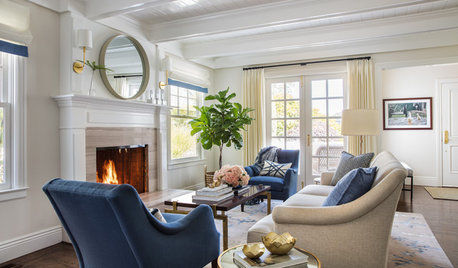
LIVING ROOMSFireplaces Light Up the 10 Most Popular New Living Rooms
These trending living room photos feature a range of decor styles, but they all include an eye-catching fireplace
Full Story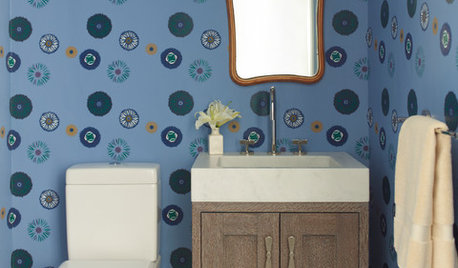
BATHROOM COLORPowder Room Palettes: 10 Light Blues to Love
See how paint, tile and wallpaper in shades of light blue make these rooms fresh and cool
Full Story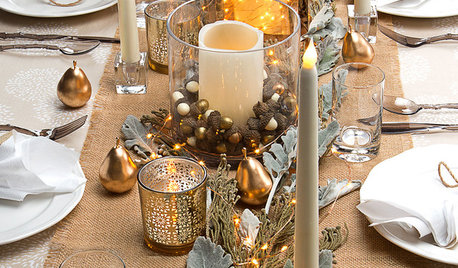
LIGHTING10 Ways to Enjoy the Magical Glow of String Lights
They’re not just for the holidays. You can use them to add warmth and sparkle to a room, a tabletop or a porch year-round
Full Story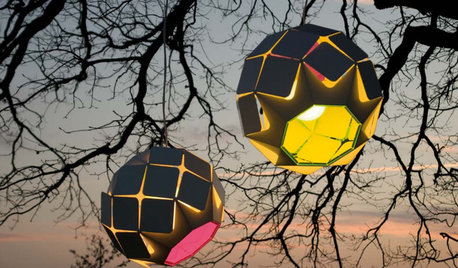
GARDENING AND LANDSCAPING10 Creative and Colorful Outdoor Lights
Brighten Up Summer Nights with Bold New Ideas For Your Garden Lighting
Full Story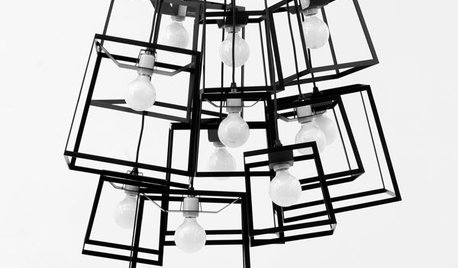
REMODELING GUIDES10 Innovative Lighting Designs from ICFF 2011
See the Latest in Lighting From the International Contemporary Furniture Fair
Full Story





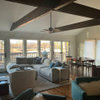

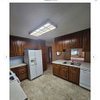
Jon1270
juliew_austinOriginal Author
Related Professionals
Shorewood Lighting · Channahon Lighting · Bridgeport Furniture & Accessories · Charlotte Furniture & Accessories · Memphis Furniture & Accessories · Maplewood Furniture & Accessories · Mount Sinai Interior Designers & Decorators · Rosaryville Interior Designers & Decorators · Centennial Decks, Patios & Outdoor Enclosures · Del City Decks, Patios & Outdoor Enclosures · Frisco Decks, Patios & Outdoor Enclosures · Kernersville Decks, Patios & Outdoor Enclosures · Novi Decks, Patios & Outdoor Enclosures · Surfside Decks, Patios & Outdoor Enclosures · West Palm Beach Decks, Patios & Outdoor Enclosuresxtenson
juliew_austinOriginal Author
mcassel
mightyanvil
dim4fun
ginnytrcka
monticellolanding
lightguy
squareandcirculate_juno_com